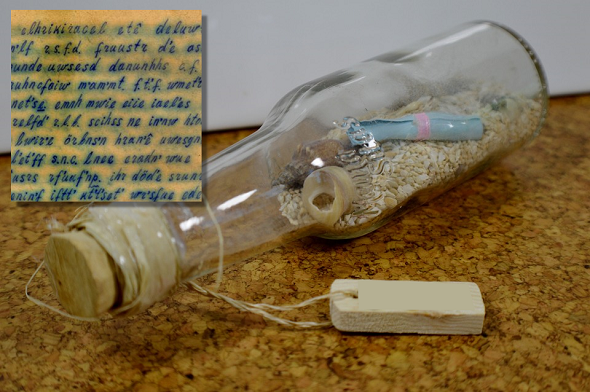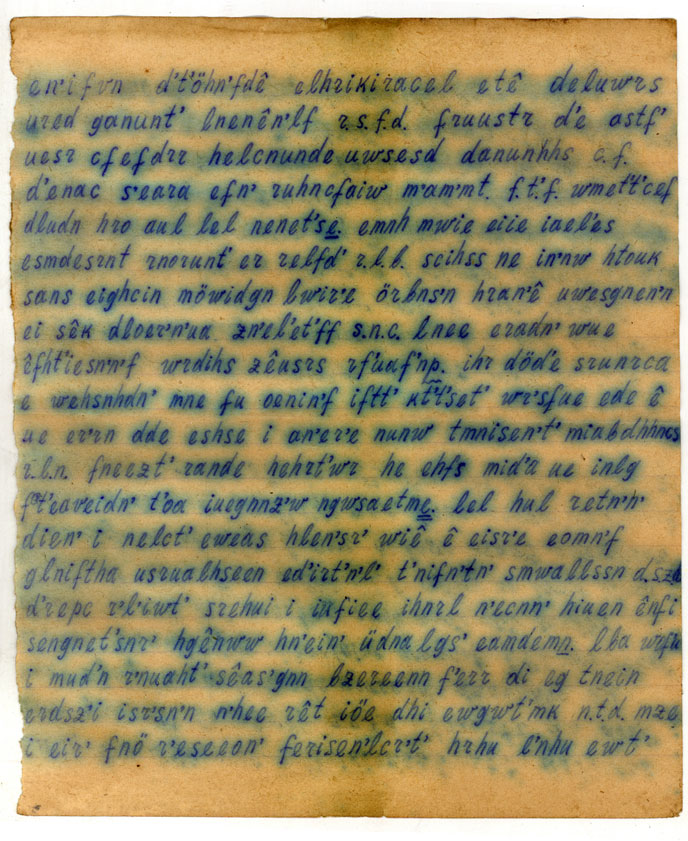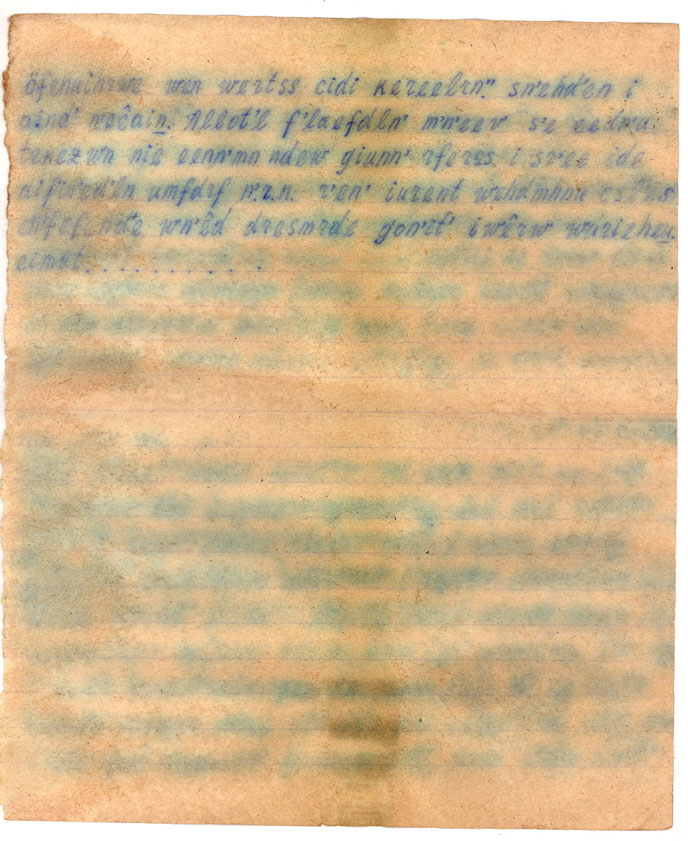An encrypted bottle post was found in Kaliningrad, Russia, in 2015. As it seems, the cleartext is still unknown. Can a reader break this unusual cryptogram?
As mentioned in some of my earlier blog posts, I found a number of interesting crypto stories by searching on Google with Russian search terms. As I don’t speak Russian, I had to use Google Translate, which worked surprisingly well.
One of the results I got was an article published by a Kaliningrad regional newspaper in July 2015 (here’s the Google Translate version of it). Kalinigrad, formerly known as Königsberg, used to be the most Eastern German city, before it became a part of the Soviet Union after World War 2. There is already one famous mystery connected to Kaliningrad/Königsberg: the Amber Room. Maybe this article will establish the fame of a second Kaliningrad mystery – one of an encrypted bottle post.
According to the article mentioned above, a brown glass bottle containing a sheet of paper was found at roadworks in Kalinigrad. The sheet contains what appears to be an encrypted message. Here’s the front side:
And this is the rear side:
The bottle that contained the message (don’t get confused by the title image of this article, it’s only a symbolic picture) is a mass product from the Soviet era. The paper and the writing style look post-war to me, too. This means that Russian is the most likely cleartext language. The encryption method used might be a simple letter substitution, though the many apostrophes are a little confusing. On the first page, one letter is underlined, another one is even double underlined.
According to the article, the solution of this cryptogram is still unknown. Can a reader break it? And no, I don’t believe that the cleartext contains any information about the Amber Room.
Follow @KlausSchmeh
Further reading: An encrypted notebook that waits to be solved





Kommentare (14)